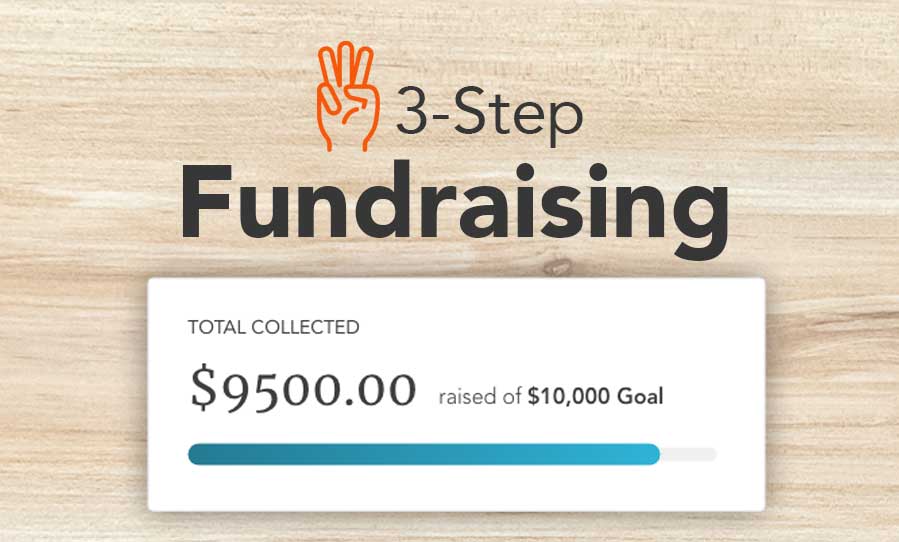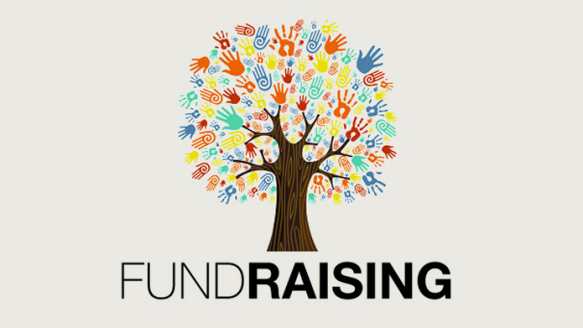Online Fundraising: Effective Digital Campaigns for Nonprofit Success
Online Fundraising: Effective Digital Campaigns for Nonprofit Success
Blog Article
The Duty of Area Interaction in Nonprofit Fundraising: Building Lasting Relationships for Lasting Support
Community interaction is significantly acknowledged as a critical part of successful nonprofit fundraising. By promoting authentic connections with neighborhood stakeholders, companies can cultivate depend on and commitment, which are essential for sustainable support. Nevertheless, the approaches and approaches employed to engage areas differ extensively, elevating essential inquiries about effectiveness and effect. What are the most effective techniques for cultivating these essential connections, and just how can nonprofits determine their success in this arena? Recognizing these characteristics might significantly affect the future of fundraising initiatives and the total objective of nonprofit organizations.
Comprehending Neighborhood Engagement
Community involvement is an important part of effective nonprofit fundraising initiatives. It describes the methods and activities that organizations utilize to get in touch with their neighborhood areas, cultivating partnerships that are mutually valuable. Comprehending area engagement includes recognizing its complex nature, that includes cooperation, engagement, and outreach. Nonprofits should determine essential stakeholders-- such as area members, regional companies, and other companies-- to develop effective involvement methods.
Efficient area engagement is predicated on active listening and responsiveness to the demands and passions of the neighborhood. This process involves obtaining feedback, comprehending area characteristics, and making certain that the company's objective lines up with local top priorities. Engaging the neighborhood can take various kinds, consisting of public meetings, volunteer chances, and partnership initiatives, each developed to urge involvement and financial investment in the organization's goals.
In addition, area engagement ought to be come close to as a continuous discussion as opposed to an one-time effort. By cultivating an inclusive environment where neighborhood voices are heard and valued, nonprofits can construct a strong foundation for future fundraising ventures. Inevitably, a deep understanding of area interaction encourages companies to create genuine connections that boost their general performance and sustainability.
Advantages of Solid Relationships
Strong partnerships developed via neighborhood involvement yield numerous advantages for not-for-profit fundraising initiatives. First and primary, these relationships foster count on and integrity, essential components in encouraging contributors to contribute. When prospective advocates see a not-for-profit proactively associated with their neighborhood, they are more probable to rely on its goal and impact.

Furthermore, these partnerships assist in effective interaction. Nonprofits can take advantage of their links to share stories of influence, updates, and requires, making sure that supporters remain enlightened and engaged. This open line of interaction not only reinforces bonds however also urges referral promotion, increasing the nonprofit's reach.
Finally, strong area connections can attract new partners and enrollers. Companies and individuals are more inclined to align with companies that demonstrate meaningful community involvement, providing additional resources and support that can dramatically improve fundraising capacities. Hence, growing robust partnerships with neighborhood involvement is important to a nonprofit's long-term fundraising success.
Strategies for Effective Involvement
Exactly how can nonprofits effectively involve their communities to enhance fundraising efforts? Normal updates, involving material, and calls-to-action can galvanize neighborhood passion and participation.
2nd, organizing neighborhood events, such as workshops, volunteer chances, or fundraising drives, promotes in person communication, permitting nonprofits to display their effect and initiatives. These events not only raise funds however also grow relationships and allow community participants to involve directly with the cause.
Third, applying tailored communication techniques can boost engagement. Customizing messages to particular contributor sections based upon passions and previous contributions promotes a sense of belonging and financial investment in the organization's goal.
Finally, developing partnerships with local organizations and community leaders can enhance outreach efforts. Joint efforts can improve visibility and reputation, demonstrating a cumulative dedication to the area's wellness. By integrating these methods, nonprofits can construct long-term partnerships that improve fundraising initiatives and drive lasting assistance.
Measuring Interaction Success
While involving the neighborhood is essential for effective nonprofit fundraising, gauging the performance of these involvement initiatives is equally important. Developing clear metrics permits organizations to evaluate exactly how well they are attaching with their target market and attaining their fundraising objectives. Trick performance indicators (KPIs) such as benefactor retention prices, volunteer participation levels, and engagement on social media platforms give tangible information for assessment.

Frequently evaluating these metrics makes it possible for companies to pivot their strategies when required, making certain that area interaction remains straightened with their general objective. Additionally, sharing these outcomes with stakeholders fosters openness and builds trust, urging additional area participation. Ultimately, a durable measurement framework not only informs future fundraising initiatives however additionally enhances the partnership in between the not-for-profit and its fans, preparing for sustainable success.
Study in Area Influence
Many situation studies show the profound effect that neighborhood interaction can have on nonprofit fundraising success. One notable example is the "Something to chew on" campaign, where a regional food financial institution partnered with colleges and companies to host neighborhood dinners. These events not only increased funds however additionally promoted a feeling of belonging amongst individuals, considerably increasing donor retention rates.
One more engaging instance is the "Green Spaces Task," which included neighborhood citizens in the revitalization of urban parks. This initiative not only gathered financial backing from neighborhood companies however likewise cultivated a volunteer base that added to ongoing maintenance and shows. The feeling of possession and pride amongst neighborhood members translated into sustained payments.
In the world of arts, the "Art for All" campaign effectively involved regional artists and clients to create collective art installations, bring about enhanced presence and donations for a regional arts not-for-profit.
These instances highlight that when nonprofits focus on area participation, they can develop enduring partnerships that enhance fundraising initiatives, guaranteeing sustainable support and fostering a lively area society. Such cases show that community interaction is not just an approach yet a crucial pillar of not-for-profit success.
Verdict
To conclude, community interaction is indispensable to the success of not-for-profit fundraising efforts. By promoting strong relationships with local stakeholders, organizations improve trust fund and reliability, resulting in enhanced benefactor retention and loyalty. Implementing effective involvement strategies visit their website and determining their effect makes certain that nonprofits can thrive and adjust. Ultimately, a robust structure of area support not only magnifies fundraising possible however likewise grows a culture of partnership, essential for attaining long-lasting organizational goals and maintaining meaningful effect.
Nonprofits must determine vital stakeholders-- such as community members, local organizations, and various other organizations-- to produce reliable interaction methods.

In conclusion, community interaction is important to the success of not-for-profit fundraising efforts.
Report this page